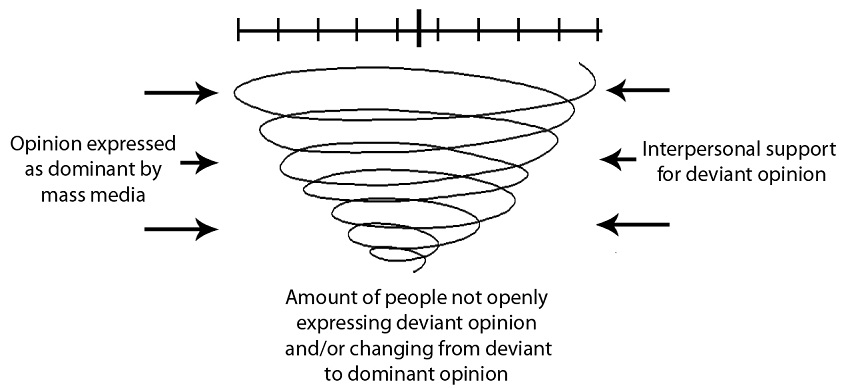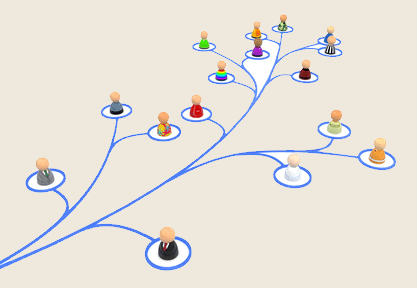Non-verbal communication or most commonly known as body language is the unspoken language of the body which is shown through our bodies to show our true intentions and hints of our feelings to the people whom we are conversing with. When we are conversing with others verbally our bodies simultaneously give out and receive signals which are transmitted by our bodies. This signal’s consists of the gestures we make, how we sit, the intonation and speed of how we talk, the distance we stand when talking and the amount of eye-contact we make while conversing. All this transmits vital non-verbal messages of oneself to another. These non-verbal messages still get across to the people around even when we are silent. The verbal message and body language very frequently contradicts which leaves the listener to choose which one to believe. Usually they will choose the body language. This is the reason Continue reading
Business Communication
As the term suggests, business communication includes all communication that occurs in a business context. A knowledge of business communication presupposes an understanding of both business and communication.
Spiral of Silence Theory
Elizabeth Noelle—Neumann’s Spiral of Silence theory analyses and demonstrates how interpersonal communication and media operate together in the development of public opinion. Elizabeth Noelle-Neumann is a German political scientist. Through this Spiral of Silence theory Neumann indirectly explains the Jews status during World War II under Nazi’s control. Adolf Hitler dominated the whole society and the minority Jews became silent due to the fear of isolation or separation. This theory states that in elections certain views seem to get more play than others. Sometimes people mute their opinions rather than talk about them. It occurs when individuals express when they perceive that their opinion is popular and those who think otherwise remain quiet. This process occurs in a spiral, so that one side of an issue ends up with much publicity and the other side with little. This expression/non-expression rests on two premises. The first is that people know which Continue reading
Different Types of Reports Used in Business
After thorough study, collection of all relevant facts and information and proper scrutiny and analysis of a problem relating to past or present, submission of the conclusions supported by statements and other relevant data etc. is called a report, which offers suggestions for solution of the problem studied. A report is a formal communication written for a specific purpose; it includes a description of procedures followed for collection and analysis of data, their significance, the conclusions drawn from them, and recommendations, if required. The information present in the report is needed to evaluate progress and plan future action. Reports provide feed back to an organization to guide future course of action. According to C.A.Brown, “A report is a communication form of some one who has some information to some one who needs that information.“ The goal of making reports is to make the information as clear and convenient and accessible Continue reading
Tools for Effective Communication
The important tools for effective communication are reflective listening, identifying nonverbal cues, and responding with understanding and using effective problem solving techniques. Thus, these techniques of communication are useful to increase your personal effectiveness at home, at work, in the community, in relationships, and with yourself. Opening up yourself to your feelings and the feelings of others requires practice. All forms of life upon the planet Earth were granted one great and wondrous gift: the gift of communication. Instead of being forced to exist in solitude, this gift allows interaction, a sharing of feelings. Humans are especially fortunate because they have developed many ways to use their gift. These include music, dance, art, theater, literature, gestures, the written word, and word of mouth. The creation of different ways to communicate does not mean we can sit back and take our gift for granted. When we were infants, all we needed Continue reading
Communication in Organizations – Meaning, Importance, and Types
Communication is the process of passing information from one person to another with the intention of creating a shared comprehension. Organizational communication on the other hand is the conveyance of information within an organizational setting. Communication is essential in every organization because it entails information that plays an important role in effective performance. Every organization has set a number of objectives in order to be competitive in the ever changing world. In order to achieve the set objectives and to gain comparative advantage, organizations should invest in proper communication procedures and channels. Importance of Organizational Communication Communication is one of the crucial components in every organization and its efficacy is the secret in realizing overall organizational success. Communication can only be considered efficient when the receiver of the information understands the subject and the meaning of the message conveyed. The function helps employees and management to interact with each other in Continue reading
Grapevine Communication
Meaning of Grapevine Communication Grapevine is an informal communication network, which ignores formal channels of communication and spreads rumors and gossips at all levels of the business organization. Although every business-organization has its formal channels of communication, the informal channel of communication called grapevine also operates in it. It can be easily found that a large portion of the communication in almost every business house is not formal or pre-planned. The employees communicate through informal channels as they do their jobs. It is neither pre-planned nor deliberately motivated by the management. It is neither written nor documented or recorded. Therefore, it refers to any communication that takes place outside the prescribed and pre-planned channels of formal business communication. It is not set with the lines of organizational hierarchy. As it has no set rules and regulations, it is not confined to a particular direction. It just spreads like a grapevine. Continue reading



